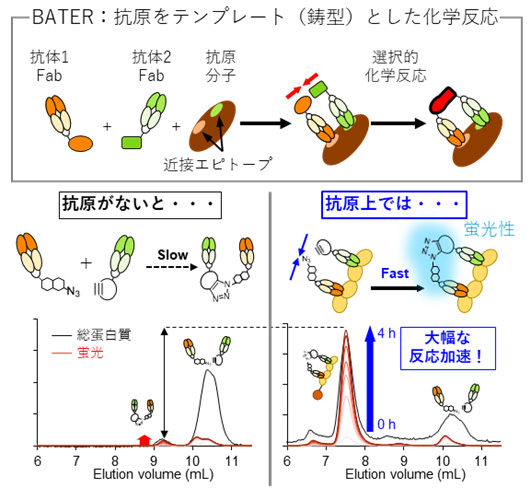2023-06-23 ペンシルベニア州立大学(PennState)
◆研究チームは、この鳥の博物館の標本7点のゲノムを解読し、ゴールデンウィングウグイスやブルーウィングウグイスと比較することで、羽の色素沈着に関与する新たな候補遺伝子を特定しました。この研究は、博物館のコレクションが科学に果たす重要な役割を強調しています。
<関連情報>
- https://www.psu.edu/news/eberly-college-science/story/extinct-warblers-genome-sequenced-museum-specimens/
- https://www.cell.com/current-biology/fulltext/S0960-9822(23)00690-5
絶滅したバクマンウグイスのゲノムは高い分岐を示し、現存する他のウグイスとの混血の証拠はない。 Genomes of the extinct Bachman’s warbler show high divergence and no evidence of admixture with other extant Vermivora warblers
Andrew W. Wood,Zachary A. Szpiech,Irby J. Lovette,Brian Tilston Smith,David P.L. Toews
Current Biology Published:June 16, 2023
DOI:https://doi.org/10.1016/j.cub.2023.05.058

Highlights
•Genomes show Bachman’s warbler was a highly divergent, reproductively isolated taxon
•There is no evidence of admixture between V. bachmanii and extant Vermivora
•Vermivora have similar levels of ROH, implying small effective population sizes
•PBS in V. chrysoptera highlights CORIN as a novel color gene candidate in warblers
Summary
Bachman’s warbler1(Vermivora bachmanii)—last sighted in 1988—is one of the only North American passerines to recently go extinct.2,3,4Given extensive ongoing hybridization of its two extant congeners—the blue-winged warbler (V. cyanoptera) and golden-winged warbler (V. chrysoptera)5,6,7,8—and shared patterns of plumage variation between Bachman’s warbler and hybrids between those extant species, it has been suggested that Bachman’s warbler might have also had a component of hybrid ancestry. Here, we use historic DNA (hDNA) and whole genomes of Bachman’s warblers collected at the turn of the 20th century to address this. We combine these data with the two extant Vermivora species to examine patterns of population differentiation, inbreeding, and gene flow. In contrast to the admixture hypothesis, the genomic evidence is consistent with V. bachmanii having been a highly divergent, reproductively isolated species, with no evidence of introgression. We show that these three species have similar levels of runs of homozygosity (ROH), consistent with effects of a small long-term effective population size or population bottlenecks, with one V. bachmanii outlier showing numerous long ROH and a FROH greater than 5%. We also found—using population branch statistic estimates—previously undocumented evidence of lineage-specific evolution in V. chrysoptera near a pigmentation gene candidate, CORIN, which is a known modifier of ASIP, which is in turn involved in melanic throat and mask coloration in this family of birds. Together, these genomic results also highlight how natural history collections are such invaluable repositories of information about extant and extinct species.


